California-Las Vegas High-Speed Rail Gets $3B Boost
The Brightline West project, which has received a $3-billion federal grant, will connect Las Vegas to Southern California by 2028.
The high-speed rail project that will connect Las Vegas with Southern California by 2028 has received a funding injection of $3 billion in the form of a federal grant.
The Brightline West project will use fully electric trains capable of reaching speeds of more than 200 miles per hour. This will significantly reduce travel time between Las Vegas and the planned Rancho Cucamonga station to approximately two hours, less than half the average driving time.
The 218-mile rail service will include stations in Las Vegas, Apple Valley, Hesperia, and Rancho Cucamonga, and will connect to Southern California’s existing Metrolink regional rail network.
Its seven-car trains will carry between 434-450 passengers, depending on final configuration. Amenities will include free onboard WiFi, disabled access, food and drink options, and hotel check-in services.
This funding, awarded to the Nevada Department of Transportation through the Federal-State Partnership for Intercity Passenger Rail Grant, is set to accelerate the development of America’s first true high-speed rail system.
“With this funding, we’re closer than ever to making high-speed rail a reality—offering a fast, sustainable alternative to car travel between Las Vegas and Southern California. This project will stimulate economic growth and create jobs, providing lasting benefits for both our state and the region,” said Nevada transport director Tracy Larkin Thomason.
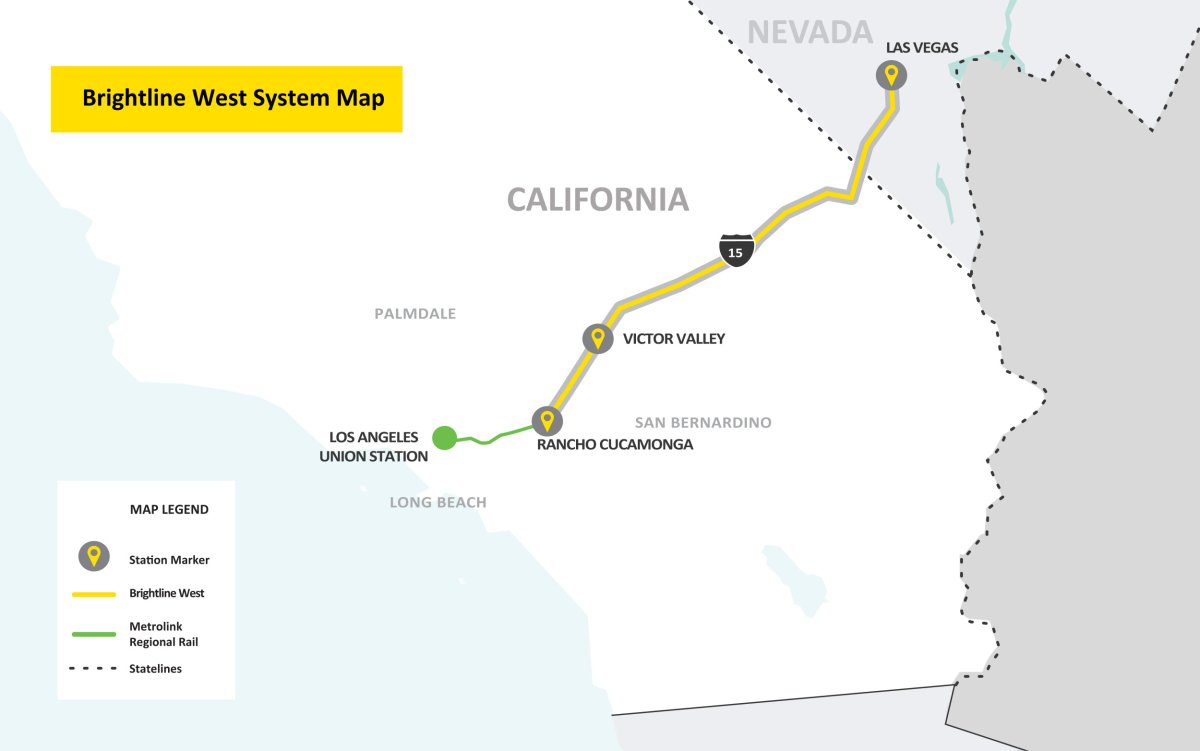
© Brightline West
The total cost of the Brightline West project is estimated at $12 billion, with the remainder of the funding coming from private sources. The rail line is expected to be operational in time for the 2028 Los Angeles Olympics.
Environmental benefits are a key selling point for the project. Brightline West estimates the rail line will remove 3 million cars from roads annually and eliminate more than 400,000 tons of emissions each year.
It is expected to attract a significant portion of the estimated 50 million annual travelers between the two destinations, easing traffic congestion on Interstate 15 and providing a more sustainable alternative to driving.
Beyond its impact on travel and tourism, the high-speed rail project will inject money into the local economy: an estimated 35,000 jobs will be created during construction, including over 10,000 union construction jobs. Once operational, Brightline West is expected to sustain approximately 1,000 jobs.

© Brightline West
In May 2024, Brightline announced Siemens Mobility as the “preferred bidder” to manufacture the trains at a facility in the U.S. The contract will include a fleet of 10 American Pioneer 220 (AP 220) train sets, built to reach speeds up to 220 miles per hour.
A timeline of the Brightline West project:
- 2008: The California High-Speed Rail project, intended to connect Los Angeles and San Francisco, is proposed.
- 2018: Brightline debuts its Venture series train, developed in partnership with Siemens Mobility, on its Florida system.
- December 2023: President Biden announces a $3-billion Federal-State Partnership for Intercity Passenger Rail Grant for the Brightline West project.
- April 2024: Brightline West celebrates its groundbreaking.
- May 1, 2024: Siemens Mobility is announced as the preferred bidder to build trains for the new route.
- September 5, 2024: Brightline West begins work on the high-speed rail line near the Nevada border.
- September 11, 2024: Renderings of the American Pioneer 220 (AP220) train are released.
- September 26, 2024: The Federal Railroad Administration officially signs the $3-billion grant agreement awarded to the Nevada Department of Transportation.
- 2028: Brightline West is projected to begin operations.
- Between 2030 and 2033: The California High-Speed Rail project’s Central Valley segment is expected to be completed.
Michael Reininger, CEO of Brightline said the project is “a historic commitment that will jumpstart the high-speed rail industry in America, creating thousands of jobs all across the country. Brightline West will be American-made and American-built, and will serve as the blueprint for connecting city pairs that are too close to fly, but too far to drive.”
About the writer
Marie Boran is a Newsweek reporter based in Carlow, Ireland. Her focus is reporting on technology. She has covered the …
Read more
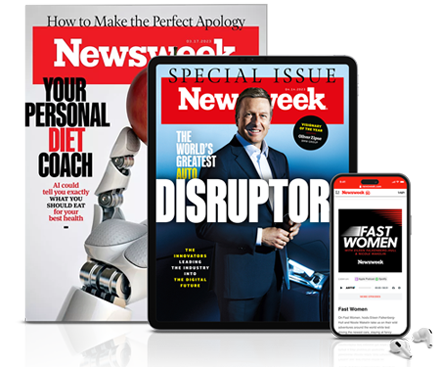
- Newsweek magazine delivered to your door
- Newsweek Voices: Diverse audio opinions
- Enjoy ad-free browsing on Newsweek.com
- Comment on articles
- Newsweek app updates on-the-go
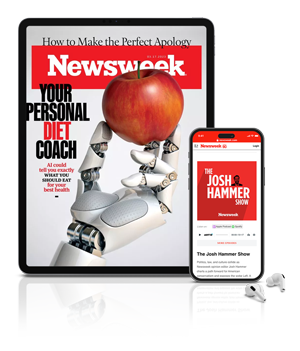
- Newsweek Voices: Diverse audio opinions
- Enjoy ad-free browsing on Newsweek.com
- Comment on articles
- Newsweek app updates on-the-go
Source: Newsweek


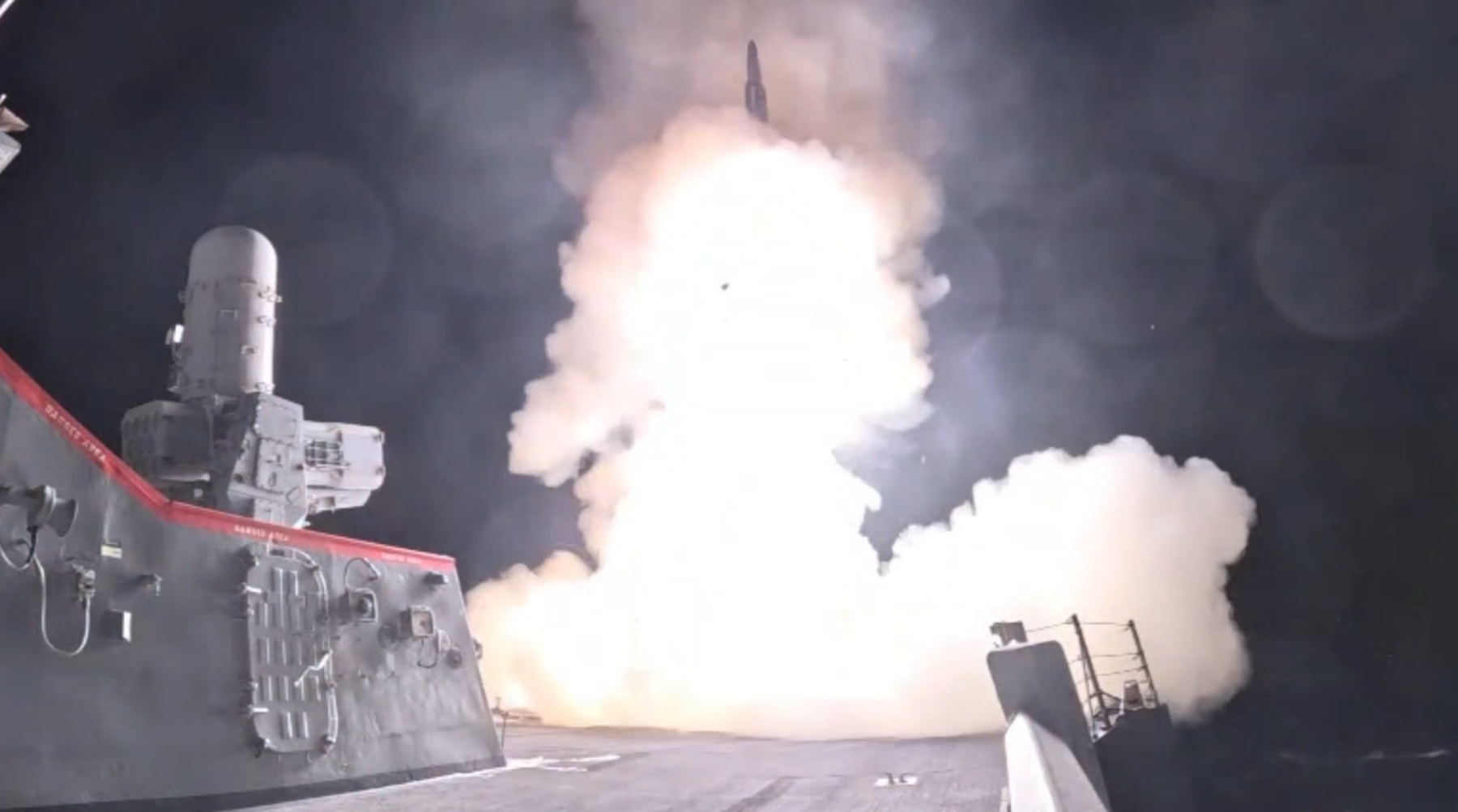
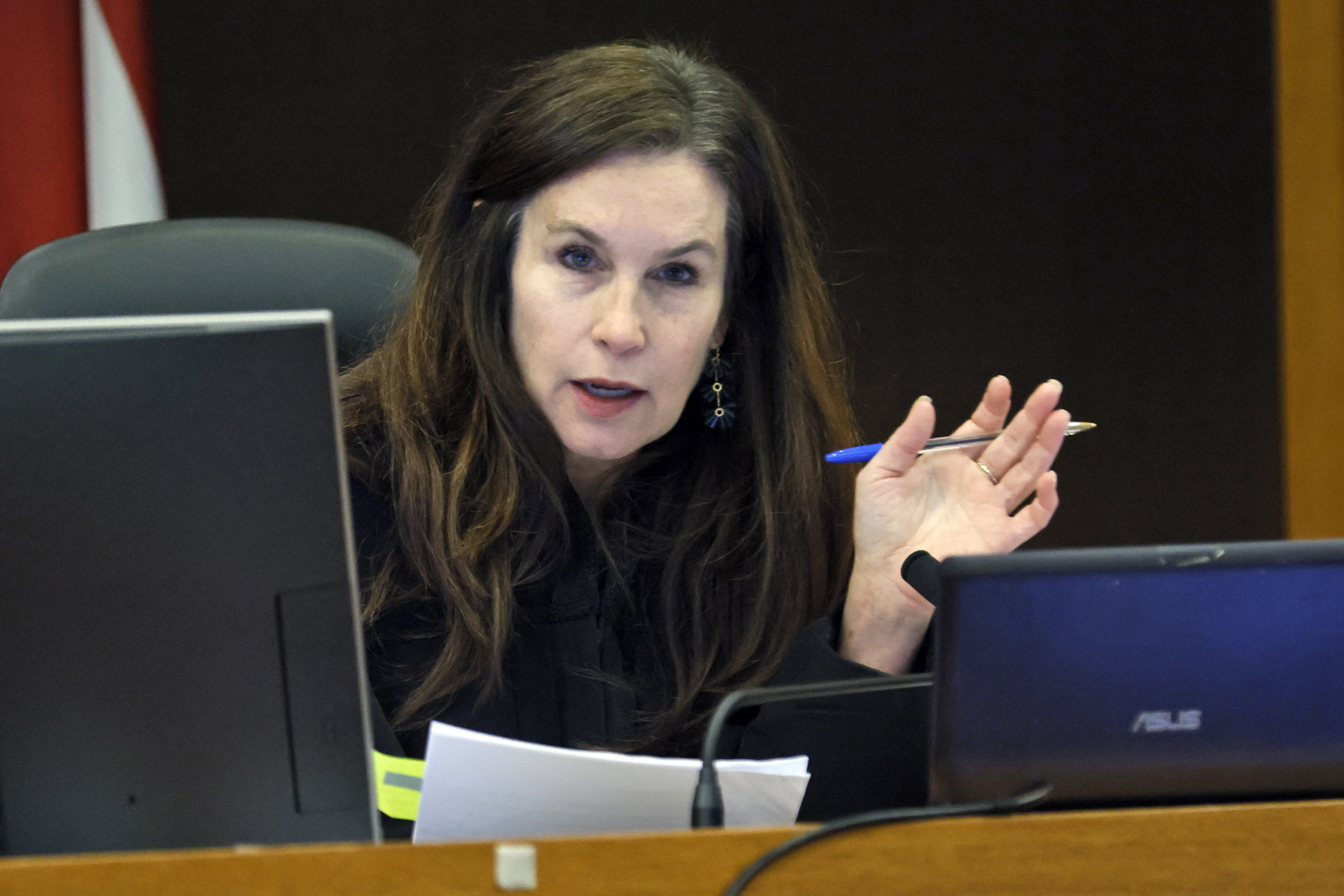
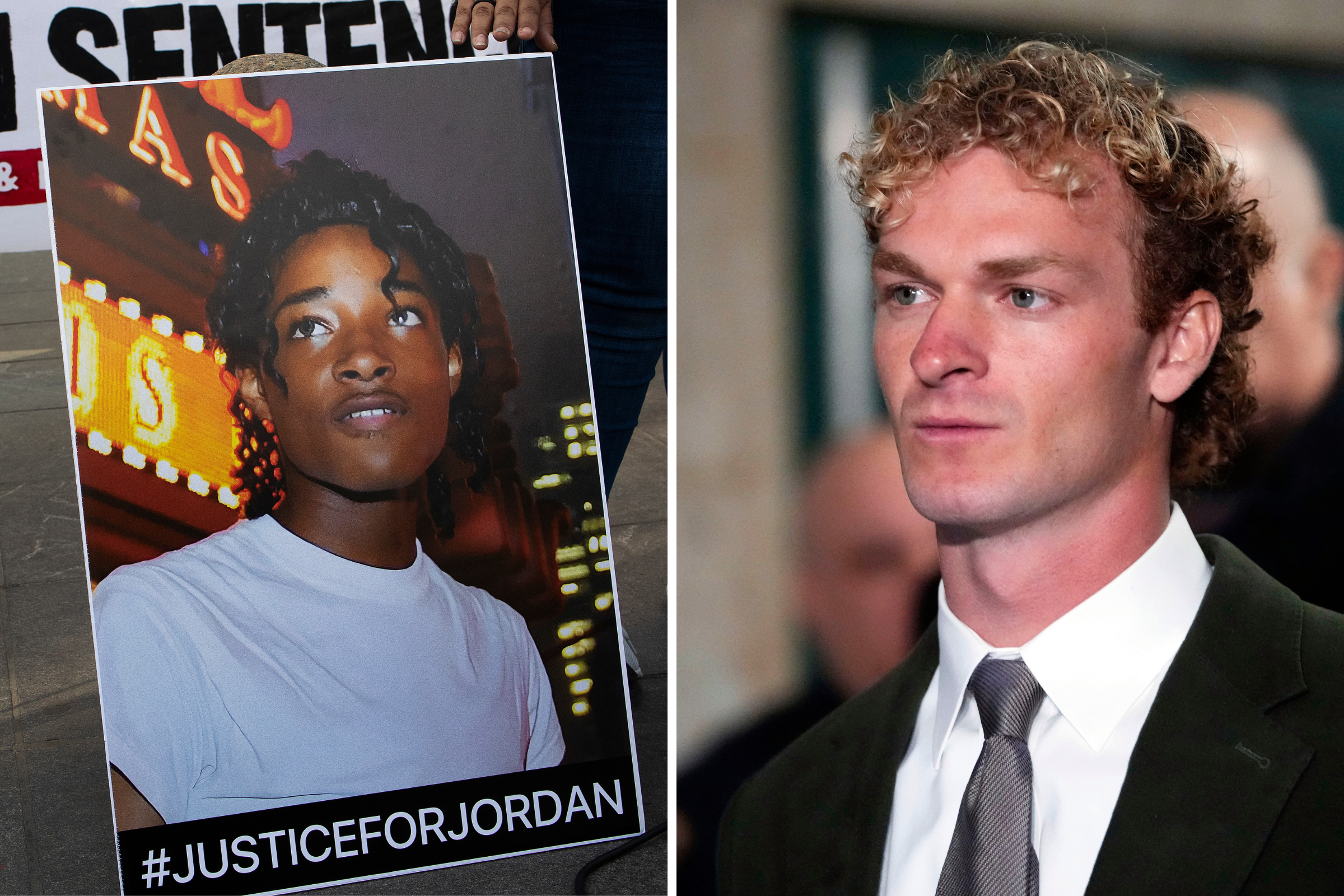
Leave a Reply